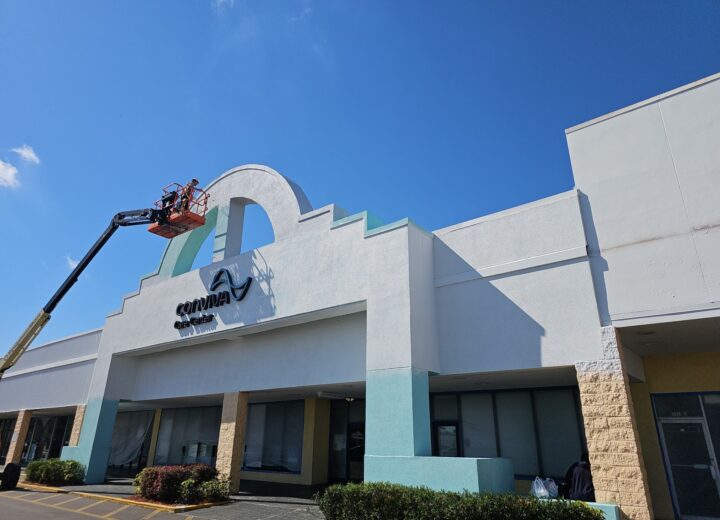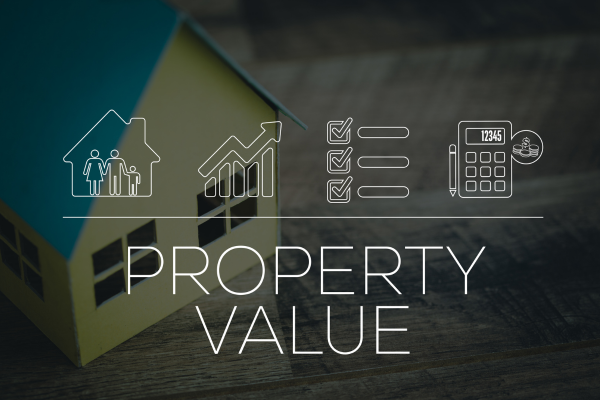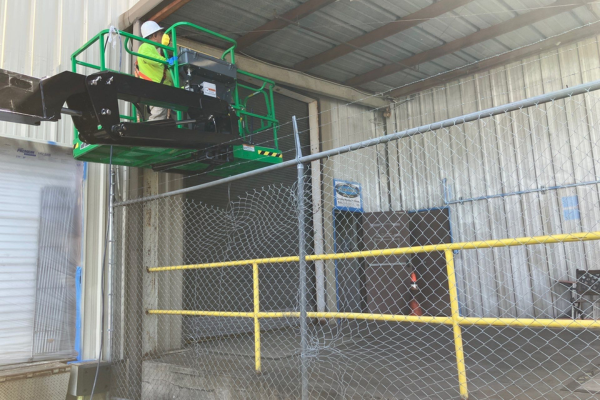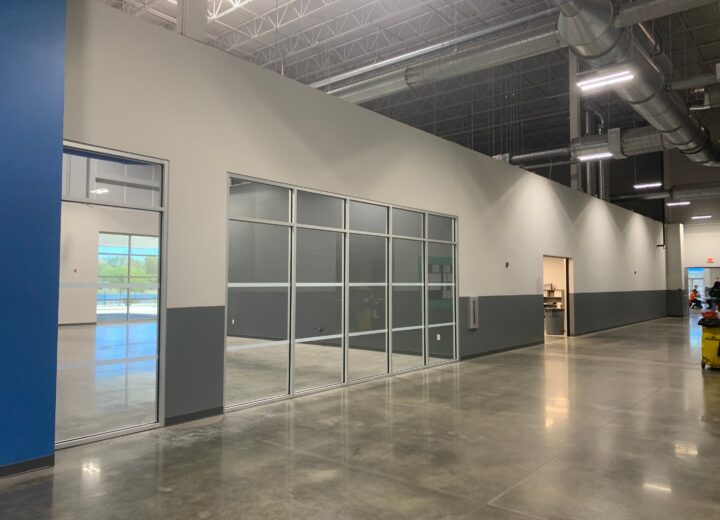 Brick is one of the best building materials used in the damp, hurricane-prone climate of Florida. Besides delivering sturdy constructions that have a high resistance to impact and can withstand wind speeds above 140 mph, according to a study conducted at Texas Tech University, brick wall assemblies possess good insulation properties, being able to control temperature and moisture fluctuations better than other wall systems. Basically, this means that a brick home can help maintain proper temperature and humidity levels, providing a healthier, more pleasant indoor climate and lowering your energy bills.
Brick is one of the best building materials used in the damp, hurricane-prone climate of Florida. Besides delivering sturdy constructions that have a high resistance to impact and can withstand wind speeds above 140 mph, according to a study conducted at Texas Tech University, brick wall assemblies possess good insulation properties, being able to control temperature and moisture fluctuations better than other wall systems. Basically, this means that a brick home can help maintain proper temperature and humidity levels, providing a healthier, more pleasant indoor climate and lowering your energy bills.
While the brick itself is a great building material, sealing brick walls brings along a series of advantages that shouldn’t be overlooked especially in the humid climate of Florida. Here are the top three benefits of (and reasons for) sealing brick.
1. Water Damage Prevention: Brick is hard and dense but also porous. Unsealed brick walls absorb humidity and rain water, allowing moisture to travel freely to other materials which threatens the integrity of the entire wall assembly. What’s more, wind-driven rain during storms can enter through unsealed brick masonry and cause catastrophic damage. Prolonged exposure to moisture and water makes brick structures vulnerable to water damage, ranging from cold spots, mold growth and dry rot to crumbling and cracking, corrodes metal ties, studs and other elements, and damages interior finishes. Since water damage is a common problem for property owners in Florida, sealing brick exterior is very important to extend the life of a building.
2. Aesthetic Considerations: Maintaining aesthetics is another good reason to seal brick walls. Besides humidity and rain, which can lead not only to water damage but also to discoloration, efflorescence and other cosmetic issues, a few more environmental factors constantly attack unsealed brick surfaces, breaking down their structural integrity and causing a series of aesthetic problems. For example, ultraviolet rays can fade the pigments used in bricks, while wind can erode bricks and mortar joints, causing wall surfaces to become uneven. Regularly cleaning and sealing exterior brick walls will allow you to protect your entire home from the elements and preserve those beautiful brick colors, ranging from muted brown and pink to rich, vibrant terracotta shades.
3. A Durable Waterproofing Barrier: Many homeowners wrongly assume that painting over brick can hel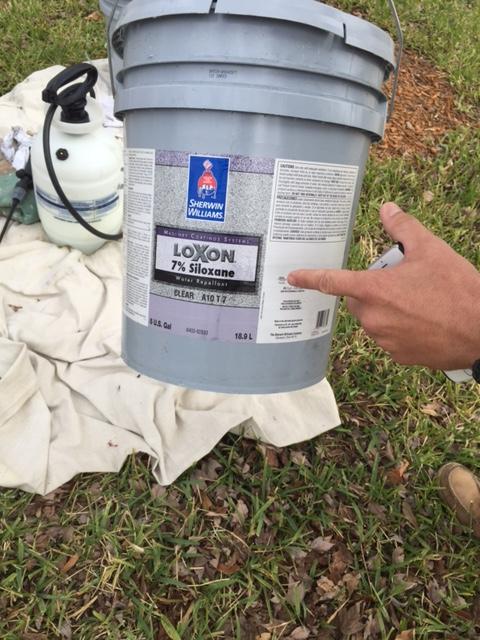 p protect their homes from different environmental factors. While regular paint does provide a certain level of protection, special film forming sealants and penetrating water repellents have been specifically developed for brick masonry in warm and humid climates. To start with, film forming sealants form a waterproofing layer on the surface of the wall, sealing tiny cracks and passageways, and therefore stopping rain water from getting into brick walls and trapped water from escaping into the atmosphere. Conversely, water repellent coatings penetrate the surface to provide an efficient waterproofing barrier, which stops water penetration but allows trapped water to evaporate out of the wall system. Unlike regular paint, which changes the color of brick walls, film forming sealants and penetrating water repellents are clear coatings that enhance original brick colors.
p protect their homes from different environmental factors. While regular paint does provide a certain level of protection, special film forming sealants and penetrating water repellents have been specifically developed for brick masonry in warm and humid climates. To start with, film forming sealants form a waterproofing layer on the surface of the wall, sealing tiny cracks and passageways, and therefore stopping rain water from getting into brick walls and trapped water from escaping into the atmosphere. Conversely, water repellent coatings penetrate the surface to provide an efficient waterproofing barrier, which stops water penetration but allows trapped water to evaporate out of the wall system. Unlike regular paint, which changes the color of brick walls, film forming sealants and penetrating water repellents are clear coatings that enhance original brick colors.
Though sealing brick walls is quite simple and straightforward especially for someone with basic home improvement skills, only a professional job will provide long-lasting protection from the elements and keep your exterior brick walls in good condition for years to come. Now, if you have any questions or concerns about exterior brick cleaning, preparation, painting or sealing, please contact our experienced professionals at Performance Painting.

